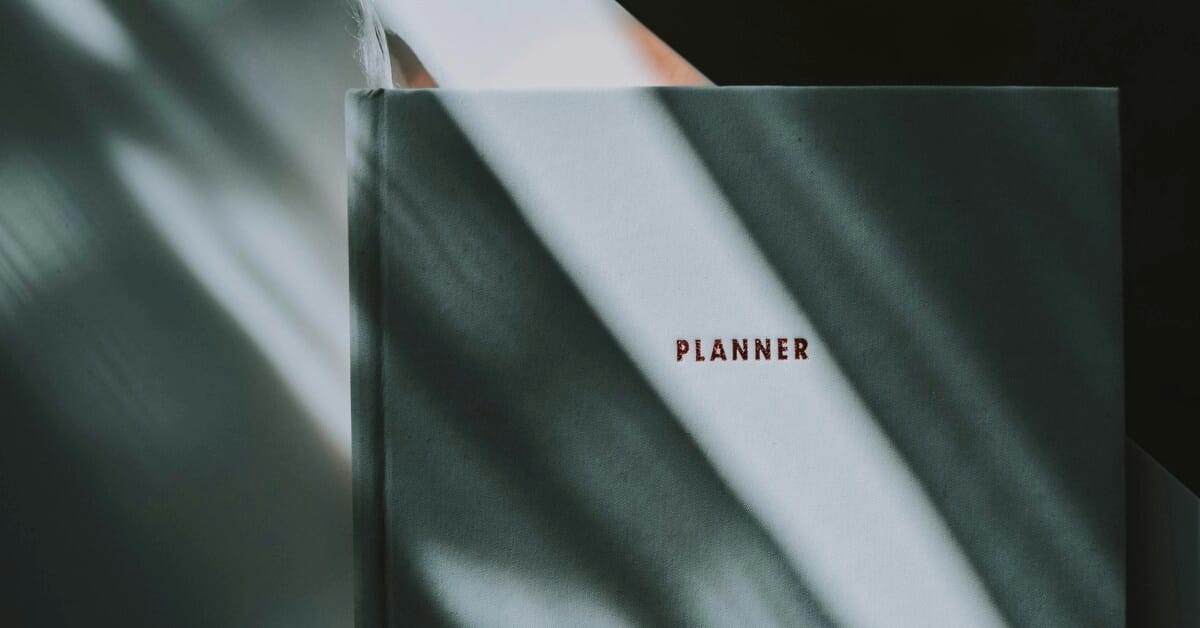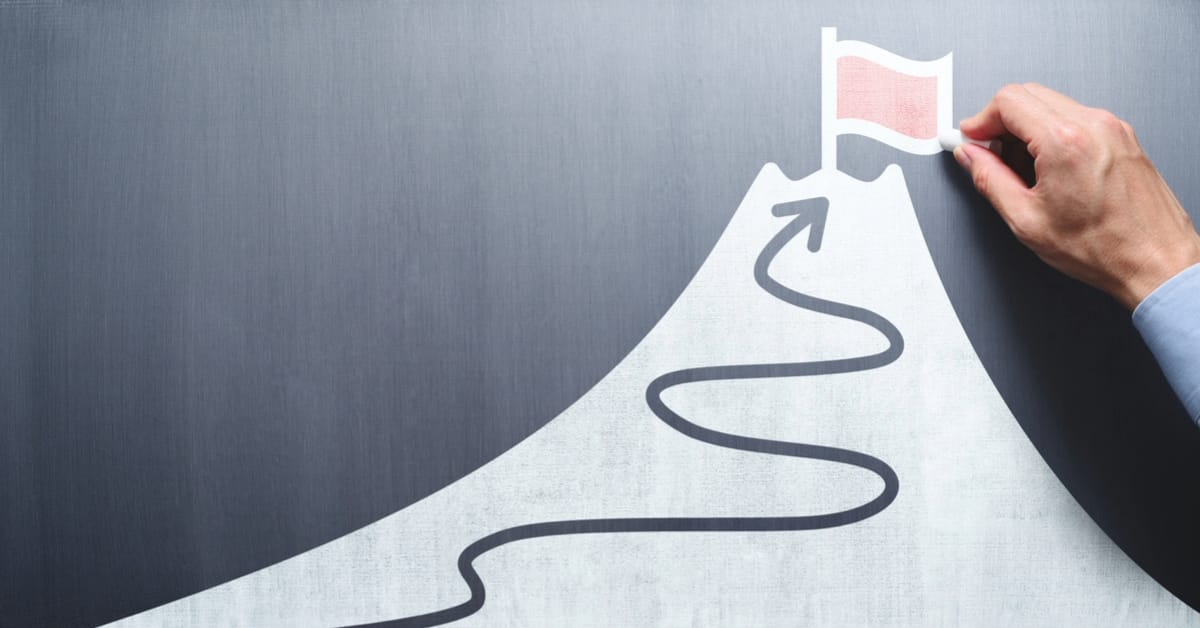When is the best time to study?
Knowing when to study to achieve the most effective and productive study sessions can be a big improvement in personal productivity and cognitive function. For some, this time may be early in the morning, when the mind is refreshed and the day’s distractions have yet to take hold. Others might find that their concentration peaks in the late afternoon or evening, when they feel more relaxed and their daily responsibilities begin to wind down. Let’s go over the basic questions and how you can figure out your ideal schedules.
The best time to study before an exam
The best time to study in general is: continuously. The fact that cramming is less effective and sustainable than continuous study sessions is well-known, and this applies for exam preparation, as well. Try to start early enough and plan out what you will study at what point before the exam. Set milestones and follow a study plan that you have defined before. Lecturio offers study plans for various important exams, including the USMLE Step 1, Step 2, COMLEX, MCAT, PANCE, and the NCLEX.
The best time of day to study
Some studies suggest that the brain is most teachable, and therefore best at studying, between 10 am and 2 pm, and between 4 pm and 10 pm. This would make study sessions in the late morning through midday, and afternoon until the later evening the most effective.
However, this is one of those things that is highly individualized. Not only will the best study time vary between people, different types of studying may work better at different times, too: Other sources advise that the brain is most able to absorb new information in the morning, but better at integrating knowledge and recalling in the afternoon. This, as well, may vary between you and the next person.
One thing to consider: For a lot of students, the best time of each day to study is simply: when there’s time. Healthcare students have notoriously busy schedules, and a lot of times, choosing specific time slots for study sessions is easier said than done, for example, if you have classes or a job at specific times of the day.
So, when you do have the opportunity to plan out your day freely, how do you find your personal best time to study?
The best time for you to study
A lot of our body functions, energy levels, and fluctuations throughout the day are determined by the circadian rhythm. While it is said that the average adult’s internal clock is 24.2 hours and is being adjusted continuously to suit a 24h rhythm, this natural internal clock can be influenced by a wide range of individual factors including routines, stimulants like caffeine, meals, or stress.

Your personal rhythm being misaligned or thrown off of what usually works for you can have detrimental effects on your performance, sleep, emotions, and overall health. So, taking a look at your natural energy fluctuations and trying to accommodate them as much as possible is not just a good idea for your study success, but your health in general.
One way to schedule your study times according to your own, natural best time for it, is to figure out and use your biological prime time.
What is the biological prime time?
Biological prime time (BPT) refers to when you have the most energy or feel you are most productive and focused in accomplishing your tasks (Clemson University).
The concept was explained by Sam Carpenter in his book “Work the System” in 2008. He separates “night owl” types from “early birds” and advises to mind your personal daily energy fluctuations to get the most productivity out of your peak-energy times.
What are night owls vs early birds?
Early birds are the people who jump out of bed in the morning and immediately accomplish tasks – and enjoy it! Throughout the day, their productivity depletes, and they may prefer going to bed early.
Night owls, on the other hand, tend to have most of their energy in the afternoon and evening. They like to stay up later and getting up is a challenge. Taking classes or getting important work done later in the day works better for them than trying to dive in first thing in the morning.
Biological prime time vs chronotypes
You may have heard the night owls and early larks be mentioned in the context of sleep patterns and chronotypes. The concepts of “biological prime time” and “chronotypes” both relate to understanding individual differences in energy patterns and optimal times for performance throughout the day. While biological prime time focuses on when your cognitive abilities are at their peak, the categorization of people into chronotypes refers to their overall sleep and activity preferences throughout a full 24 hours.
How to find your biological prime time
Track your energy levels
Track your energy and productivity over a number of days. You can use a diary, a spreadsheet, or a table in which you divide the day into parts and note down how focused and productive you felt during each time period.
Clockify.me recommends tracking not just your energy level, but specifically:
- Your time spent on various tasks
- Your energy levels
- Your motivation
- Your productivity
Online questionnaires or tools can help you with tracking or directly derive your likely biological prime time based on your answers.
Note: Track for a long enough time to identify patterns and account for a bit of variability. Also, try to not push yourself with coffee or energy drinks during your tracking – this messes with your natural energy levels and makes it hard to identify your natural rhythm. If you’re used to taking in a lot of caffeine, you may have to track a little longer to get a realistic impression of your energy levels without that influence.
Rough example tracking of color-coded energy levels throughout the days of an early bird energy type.
Define your prime time
You can leave it at deciding if you’re more productive the first or second half of the day, or you can go more granular. For example, you can divide your day into:
- Early morning
- Late morning
- Midday
- Early afternoon
- Late afternoon
- Evening
- Night
Integrate the segments you divide a day into in your tracking. Based on this, you can identify the time frames you are most energetic, focused, and productive.
How to schedule your study days around your biological prime time
By tailoring your study schedule around your biological prime time, you can maximize your learning efficiency and retention. Working with your body’s natural rhythms instead of against them can make study sessions not only more productive, but also less exhausting. Here are a few tips and strategies to help you get started on your new, natural study planning.
1. Schedule demanding tasks into your peak times
Schedule your most challenging or intensive study tasks during your biological prime time when your concentration, energy, and cognitive abilities are at their peak. This could include complex problem-solving, writing assignments, or learning new concepts.
2. Match task type to energy levels
Align the nature of the tasks with your energy levels. For example, if your prime time is in the early morning, use this time for high-focus activities such as reviewing difficult course material or preparing for exams. Save less demanding tasks, like reviewing notes or organizing study materials, for times outside your peak periods.
3. Be consistent
Try to consistently schedule your study sessions during your biological prime time. Regularity helps in building a routine, making it easier for your body and mind to be prepared to engage in study at these times. Routines are a great way to make your body adjust to a specific rhythm, making your energy levels more predictable and consistent.
4. Review and adjust
Continuously review the effectiveness of your schedule. If you find your prime time changes due to lifestyle adjustments or other factors, be flexible and adjust your study schedule accordingly.




